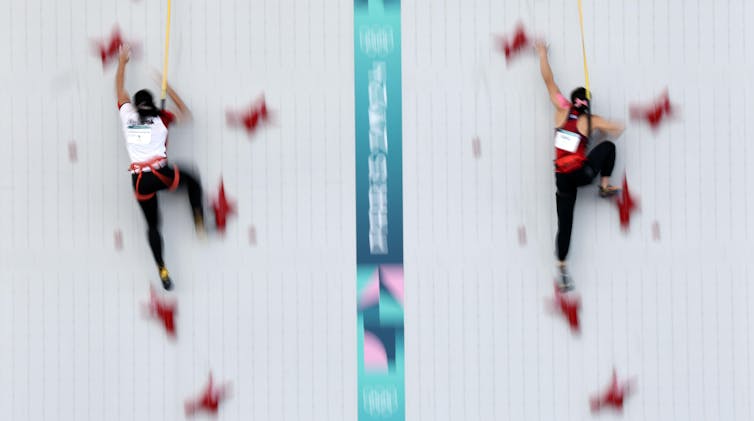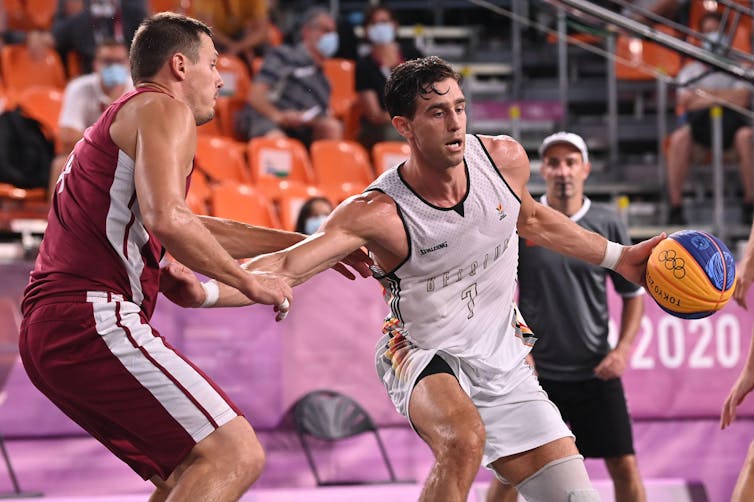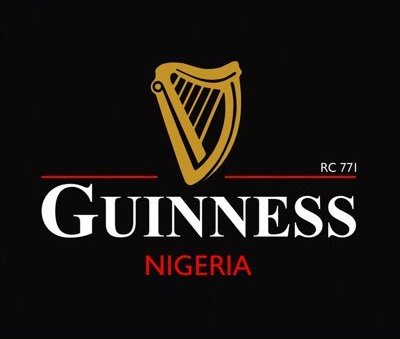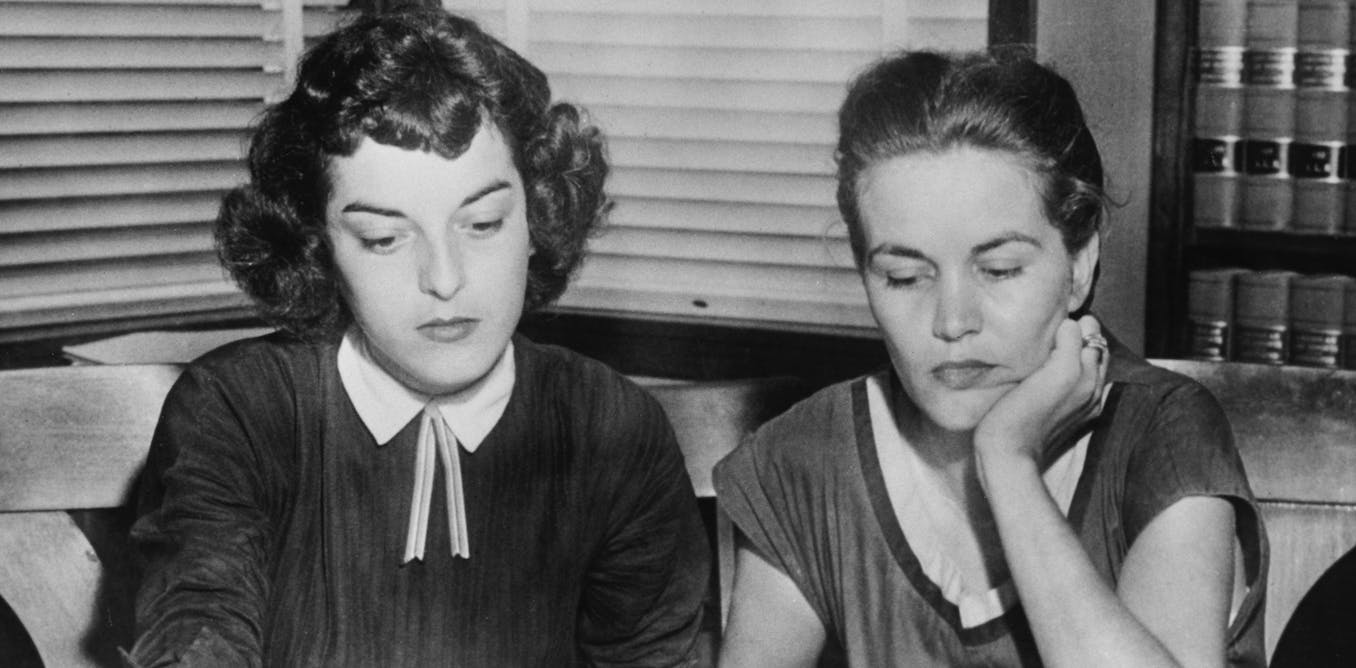After all the pomp and ceremony, the trials, the tears and the medals, if you were to ask most people what they considered the biggest event at the Olympic Games, they’d probably say the 100m sprint finals, the swimming – or perhaps even the opening ceremony.
Ask them again in 10 years, and that answer might be very different. That’s because a whole new raft of sports have become major features at the Olympic Games.
For the first time in Olympic history, there was breaking – an evolution of breakdancing. The event was located in one of the coolest venues of Paris 2024, the Place de la Concorde, where a whole range of new urban sports took place.
This inclusion follows a decade of exploring new forms of sport at the Olympic Games. And it’s not just new additions, but new disciplines within traditional sports too. For example, basketball has introduced the “3×3” game – an adaptation of conventional basketball on a half-sized court, drawing on the popularity of the urban game happening on streets all over the world.
In many ways, 3×3 basketball resonates with a growing desire to open up the Games to a wider audience, one of the core ambitions for the Paris 2024 organisers. More people can play 3×3 and, especially where large sports facilities are not available, it allows the sport to become more inclusive.
Other sports featured in the urban park were BMX and skateboarding, each pioneered through the lesser-known Youth Olympic Games, which is every bit as big as the main event in terms of what it delivers, but without the same widespread media coverage – yet.
Belga News Agency / Alamy
New ideas, new audiences, new challenges
Over the last five years, the International Olympic Committee (IOC) has been aggressively pursuing new reforms to safeguard the future of the Olympic industry and these new sports speak to those changes, but not without controversy. Many traditionalists advocating for a whole range of sports have been waiting for years to achieve Olympic status, but still remain behind in the queue.
Allowing the organising committee rather than the IOC to make new additions creates a challenge for the continuity of sports, and makes the process of inclusion more unpredictable, as it falls to the interests of the Games organisers to make the initial proposal, rather than the IOC.
Other sports are continually making the case for their remaining in the Olympic programme, but are having to innovate with new formats to appeal to a younger audience. The Olympic esports programme, which launched in 2023, featured a non-combative version of the computer game Fortnite, elevating the importance of shooting skills and their application in a gaming world.
Indeed, for shooting, its alignment with gaming is a natural fit, especially as the sport has steadily been introducing laser guns in recent years, avoiding the need for projectiles.
Many sports can’t take for granted their continued inclusion in the Olympic Games. For example, karate lost out in Paris, despite taking place at the Tokyo 2020 Olympic Games and breaking, surprisingly, won’t feature in Los Angeles in 2028.
In Paris, there was much debate about whether boxing will feature in LA 2028, as its international federation is currently in disarray. Indeed, this was part of the context surrounding the controversy over two prominent boxers this month, who found their gender identity the subject of international discussion. Clearly this speaks to the fact that all sports federations must meet international expectations to maintain their place within the Olympics.

De Bilderwelt / Alamy
Whether the inclusion of breaking or sport climbing signals the beginning of the end for some sports will depend very much on whether their traditional activities can evolve. Other sports vying for inclusion include netball, rollerblading, and waterskiing. Anxious to ensure the Games remain relevant, the IOC is motivated to integrate new sports.
Each must demonstrate how its inclusion helps grow the Olympic community, particularly in reaching younger and non-sporting audiences. These sports must also ensure they develop innovative formats. For example, at the Taekwondo competition in Paris, there was a demonstration of a virtual reality version that is likely to feature in the first Olympic Esports Games taking place in Saudi Arabia next year.
Other issues are also shaping existing programmes, not least climate change. One of the central responses to questions over water quality in the River Seine – where the triathlons and swimming marathon were due to take place – was how unexpected downpours in Paris affected the situation.
When pressed about the wider impact of this issue, IOC President Thomas Bach indicated that the sporting calendar will have to adapt to accommodate this new reality which will continue to be an unpredictable feature of competitions.
This is true also of snowsports. At the 2026 Milan Cortana Olympic Winter Games, ski-mountaineering will make its debut, elevating the pursuit of off-piste skiing in a world where vast amounts of energy are needed to manufacture snow to deliver the Olympic competitions.
What’s clear in the debate about what makes an activity a sport and whether it has a future at the Olympics, is that the IOC demands that sports continue to innovate to grow the Olympic audience and expand it beyond traditional audiences.
In this respect, Tom Cruise appearing in the handover to the Los Angeles Olympic Games in 2028 is a sign of the times, as the Olympic world seeks to position itself as “Sport. And More than Sport”.




